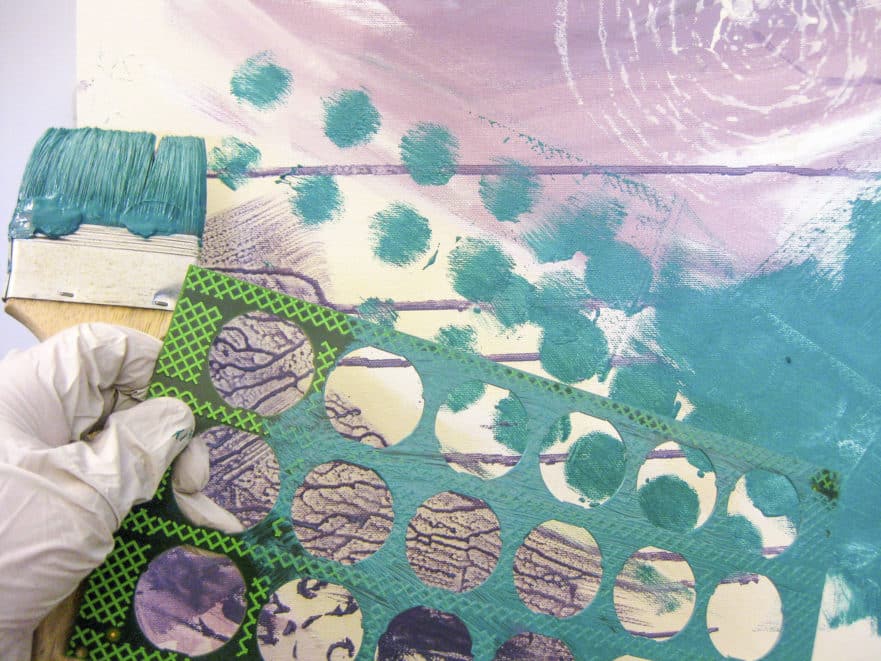The hallmark of a beginning painter is to pick up a brush and paint their entire painting with that specific brush. You can be assured that brush does have a voice and it is made for certain tasks. However it is never the best tool for all tasks. Furthermore to complete an entire painting with the same stroke over and over again is simply boring.
The struggle of a particular university student in one of my beginning painting classes will provide perfect example of this. This young man was attempting to paint a long straight fence line in the distance of a landscape scene. He loaded his bristle brush with paint and applied the line repeatedly, each time scrubbing it off. With each subsequent attempt, he became more frustrated with the result.
Finally he called me over, not really wanting to admit defeat, yet knowing there must be a better way and I might know it. I observed several problems in his process. For one, he was using a broad, coarsely bristled brush. It knew how to make a rough scratchy mark, but it was fully incapable of creating a fine straight line.
I told him “you are working against yourself and your chosen tool”, so let’s try something else. Turning to his classmates, I asked if anyone had a metal ruler and someone produced one. We used a roller to spread some paint out evenly on a flat surface and then gently touched the edge of the metal ruler onto that wet surface. Moving the ruler to the surface of his painting, we again lightly touched the metal ruler’s edge to the canvas.
Voila!
The student’s grin was broad when he saw the result of our effort. It was exactly what he wanted, and I walked away saying “that ruler knows how to make a straight line. You must always select the correct tool for the given task. Having a rich array of marking instruments allows you to do that as well as to create an interesting symphony of marks.







